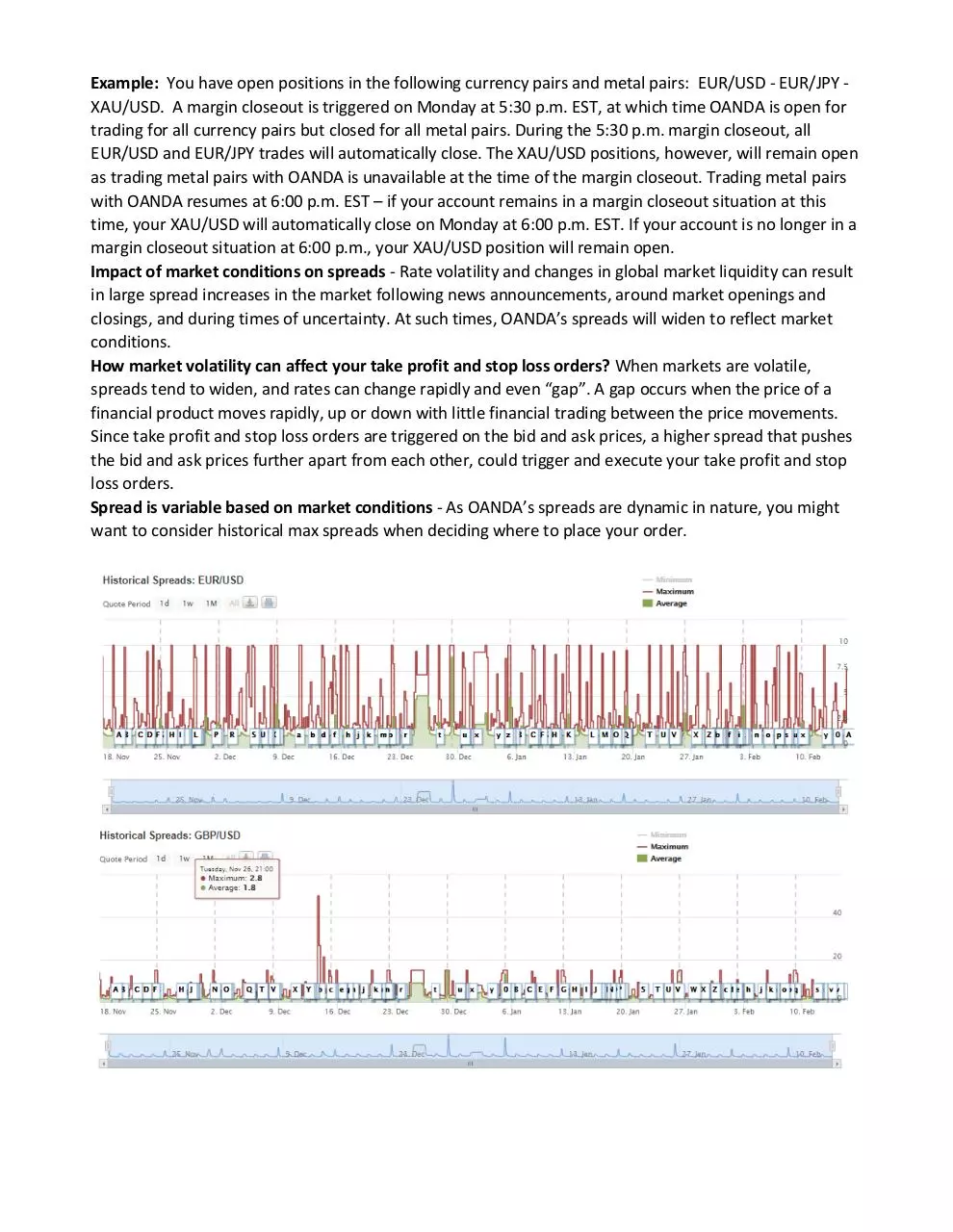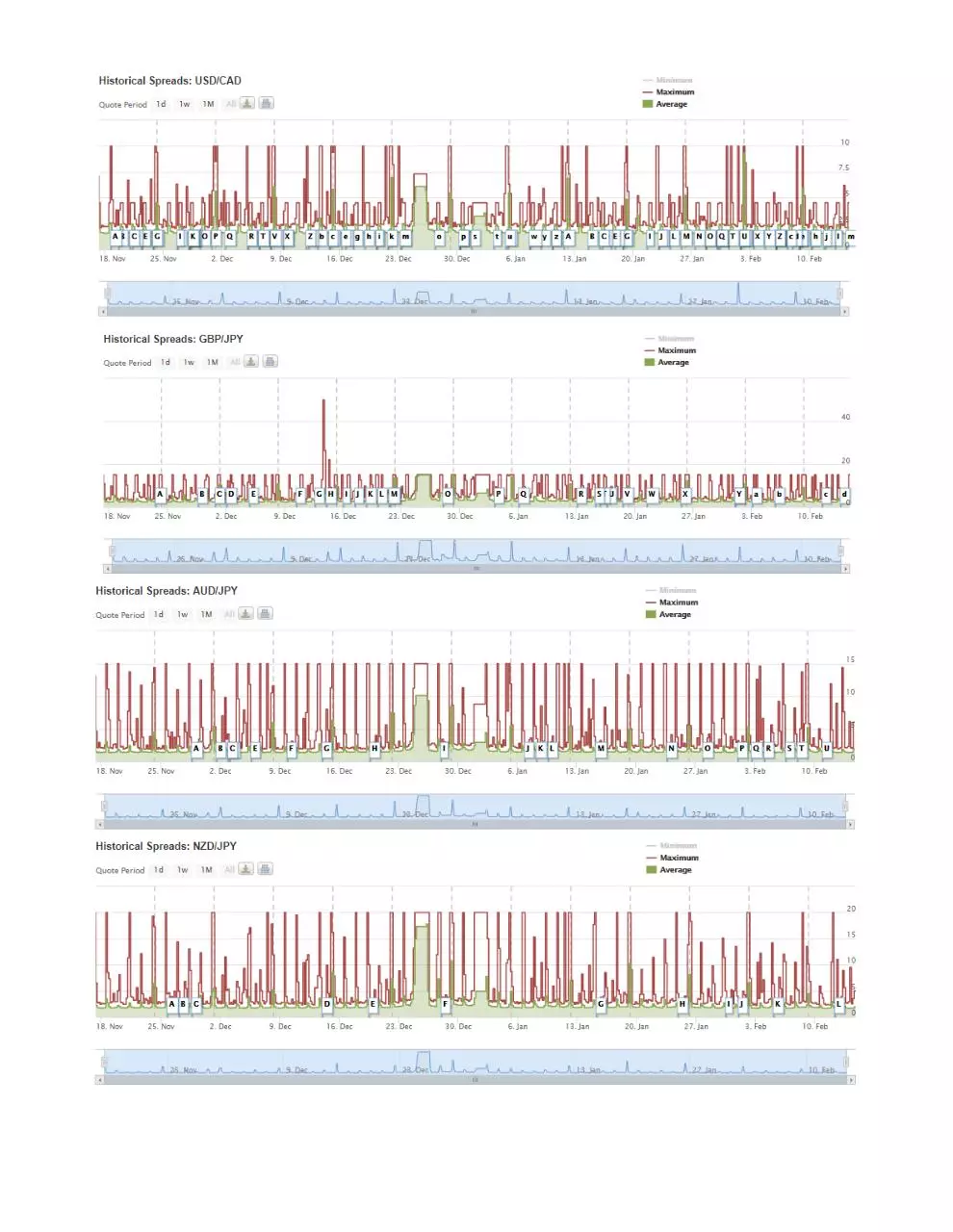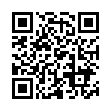Spreads (PDF)
File information
Title: OANDA help portal
Author: Nacia Helland
This PDF 1.7 document has been generated by Microsoft® Word 2019, and has been sent on pdf-archive.com on 14/02/2020 at 00:47, from IP address 24.20.x.x.
The current document download page has been viewed 123 times.
File size: 566.48 KB (5 pages).
Privacy: public file





File preview
OANDA help portal
Calculating margin
Margin information provided on the fxTrade platform is sufficient for most traders’ needs, and tips for
avoiding margin closeouts are outlined in OANDA’s margin rules. The rest of this document provides
details on how margin is calculated and includes examples as we go through the following steps:
Calculating the Net Asset Value (NAV) -The term Net Asset Value represents the current value of your
account. It is the total of your Account Balance and all unrealized profits or losses associated with your
open positions. If you have open positions the Net Asset Value is the sum of your account balance and
your account’s unrealized profit or loss or P/L. The Net Asset Value of your Account continuously
fluctuates with the current exchange rates if you have open positions and is displayed in the "Account
Summary" section of the fxTrade user interface.
Unrealized P/L refers to the profit or loss held in your current open positions. This is equal to the profit or
loss that would be realized if all your open positions were closed immediately. Your Unrealized P/L
continuously fluctuates with the current exchange rates if you have open positions and is displayed in the
"Account Summary" section of the fxTrade user interface.
Example :If your account is in USD and you are currently long 10,000 units EUR/USD, which was bought at
1.2581, and the current exchange rate for EUR/USD is 1.2570/72, then that position represents 10,000 x
(1.2570 - 1.2581) = 10,000 x (- 0.0011) = - 11, or an unrealized loss of $11 USD.
Calculating margin used - Margin used is equal to position value multiplied by the margin requirement,
summed up over all open positions. Position value is the size of the position (in units) converted from the
base currency of the currency pair in question to your account currency using the current ask rate if the
position is long and the current bid rate if the position is short.
Example: You have a CAD account and the following open positions: 10,000 long EUR/USD and 20,000
short EUR/CZK. The current EUR/CAD rate is 1.2518/20.
Required Margin depends on the currency pair and the maximum leverage set for your account:
You have set your maximum leverage to 50:1. The Position Value of a 10,000 EUR/USD long position is
10,000 EUR converted to CAD, which is equal to 10,000 x 1.2520, or $12,520 CAD. The margin
requirement for EUR/USD is 2% (when the account maximum leverage is set to 50:1). As a result, the
margin required on this EUR/USD position is equal to $12,520 x 0.02, or $250.40 CAD.
The position value of a 20,000 EUR/CZK short position is 20,000 EUR converted to CAD, which is equal to
20,000 x 1.2518, or $25,036 CAD. The margin requirement for EUR/CZK is 5% (when the account
maximum leverage is set to 50:1). As a result, the margin required on this EUR/CZK position is equal to
$25,036 x 0.05, or $1,251.80 CAD. The position value of your account is $12,520 + $25,036 = $37,556
CAD. The margin used on your open positions is $250.40 + $1,251.80 = $1,502.20 CAD.
Example: Same example as above but with maximum leverage set to 20:1.
The position values remain the same, but the margin required is equal to 5% of the position value, which
is ($12,520 x 0.05) + ($25,036 x 0.05) = $626.00 + $1,251.80. Hence, the margin used on open positions is
equal to $1,877.80 CAD.
Calculating margin available - Now we can calculate the margin available to initiate new trades.
Margin available is equal to the greater of $0 or “Net Asset Value” minus the “margin used”. This value
continuously fluctuates if you have open positions: the Net Asset Value changes with the value of your
open positions, and margin used changes over time as the exchange rates change. If margin available is
$0, then you cannot open new positions or increase existing positions.
Example: If your Net Asset Value is equal to $12,000 USD, your maximum leverage is set to 50:1, and:
a. the total position value is $100,000 USD for a position which is comprised of a major currency pair,
then the margin available is equal to 12,000 - (0.02 x 100,000) = 12,000 - 2,000 = $10,000 USD. On the
other hand, if Net Asset Value is equal to $1,990 USD, then the margin available is equal to $0, because
1,990 - 2,000 = - 10, which is less than $0.
a. the total position value is $50,000 USD for a position which is comprised of an non-major currency pair,
then the margin available is equal to 12,000 - (0.05 x 50,000) = 12,000 - 2,500 = $9,500 USD. On the other
hand, if Net Asset Value is equal to $1,990 USD then the margin available is equal to $0, because 1,990 2,500 = - $510.
a. the total position value is $150,000 USD, made up of $100,000 USD for a position which is comprised
of a major currency pair and $50,000 USD for a position which is comprised of an non-major currency
pair, then the margin available is equal to 12,000 – [(0.02 x 100,000) + (0.05 x 50,000)] = 12,000 - 4,500 =
$7,500 USD. On the other hand, if account equity is equal to $1,990 USD, then the margin available is
equal to $0, because 1,990 - 4,500 = - $2,610 USD.
Margin available is displayed in the Account Summary section of the fxTrade user interface.
Calculating the margin required for opening new trades - If you are creating a new position or are
increasing an existing position, you can calculate the margin required for the new trade in the same
manner as calculating margin used, as described above. If the margin required is less than or equal to the
margin available, then you are allowed to make the trade. If the margin required is greater than the
margin available, then you cannot enter the trade. You are always able to reduces the size of an open
position. If your trade reverses a position (that is, goes from long to short, or from short to long), then it is
easiest to consider the margin requirements of your positions immediately after executing your order
under the assumption your order is successfully executed. If the margin requirements are less than the
Net Asset Value under that assumption, then you have sufficient margin to make the trade.
Calculating when a margin closeout will occur - You must maintain sufficient margin in your account to
support your open positions. When accounts are undermargined, the fxTrade platform will automatically
initiate a margin closeout, whereby all tradable open positions in the account are automatically closed
using the current fxTrade rates at the time of closing in accordance with OANDA's margin rules.
Example: You are using your entire account balance of $10,000 USD for a single trade, thus your margin
used is also $10,000 USD. The rate moves unfavourably against your open position. When the Margin
Closeout Value, which equals your Account Balance plus the unrealized P/L of your open positions based
on the midpoint of the bid and ask prices, declines to $5,250 USD you will be within 5% of half the margin
used, and fxTrade will issue a first warning. In our example, ($10,000 / 2 ) x 1.05 = $5,250 USD. The rate
continues to move unfavourably against your position. When the margin closeout value declines to
$5,125 USD you will be within 2.5% of half the margin used, and fxTrade will issue a second warning. In
our example, ($10,000 / 2 ) x 1.025 = $5,125 USD. The rate continues to move unfavourably against your
position. When the margin closeout value declines to $5,000 USD, a margin closeout is triggered and
fxTrade will automatically close your open position. If trading is unavailable for certain open positions at
the time of the margin closeout, those positions will remain open and the fxTrade platform will continue
to monitor your margin requirements. When the markets reopen for the remaining open positions,
another margin closeout may occur if your account remains undermargined.
Example: You have open positions in the following currency pairs and metal pairs: EUR/USD - EUR/JPY XAU/USD. A margin closeout is triggered on Monday at 5:30 p.m. EST, at which time OANDA is open for
trading for all currency pairs but closed for all metal pairs. During the 5:30 p.m. margin closeout, all
EUR/USD and EUR/JPY trades will automatically close. The XAU/USD positions, however, will remain open
as trading metal pairs with OANDA is unavailable at the time of the margin closeout. Trading metal pairs
with OANDA resumes at 6:00 p.m. EST – if your account remains in a margin closeout situation at this
time, your XAU/USD will automatically close on Monday at 6:00 p.m. EST. If your account is no longer in a
margin closeout situation at 6:00 p.m., your XAU/USD position will remain open.
Impact of market conditions on spreads - Rate volatility and changes in global market liquidity can result
in large spread increases in the market following news announcements, around market openings and
closings, and during times of uncertainty. At such times, OANDA’s spreads will widen to reflect market
conditions.
How market volatility can affect your take profit and stop loss orders? When markets are volatile,
spreads tend to widen, and rates can change rapidly and even “gap”. A gap occurs when the price of a
financial product moves rapidly, up or down with little financial trading between the price movements.
Since take profit and stop loss orders are triggered on the bid and ask prices, a higher spread that pushes
the bid and ask prices further apart from each other, could trigger and execute your take profit and stop
loss orders.
Spread is variable based on market conditions - As OANDA’s spreads are dynamic in nature, you might
want to consider historical max spreads when deciding where to place your order.
Download Spreads
Spreads.pdf (PDF, 566.48 KB)
Download PDF
Share this file on social networks
Link to this page
Permanent link
Use the permanent link to the download page to share your document on Facebook, Twitter, LinkedIn, or directly with a contact by e-Mail, Messenger, Whatsapp, Line..
Short link
Use the short link to share your document on Twitter or by text message (SMS)
HTML Code
Copy the following HTML code to share your document on a Website or Blog
QR Code to this page

This file has been shared publicly by a user of PDF Archive.
Document ID: 0001936294.